Distal radius fracture / Open reduction internal fixation: aftercare advice
Information for patients from the Orthopaedic Hand Service
You have had a distal radius fracture. This leaflet explains:
what this fracture is
what treatment you may have had in hospital
how you should care for your cast / splint at home, and
what exercises you need to do to help your recovery.
If after reading this leaflet you have any questions or concerns, please speak to you consultant or therapist.
Please follow the instructions given to you by your consultant or therapist as well.
What is a distal radius fracture?

A distal radius fracture is when an area of the radius (the larger of the two forearm bones) near the wrist joint breaks (fractures). In some cases, there may also be a fracture of the ulna, which is a break in the other forearm bone.
How long will it take for my fracture to heal?
It usually takes around six to eight weeks for a fracture to heal.
What treatment will I have had in hospital?
Treatment will depend on whether:
you need non-surgical or surgical treatment, and
whether you have any pre-existing medical conditions.
Your consultants will decide the best course of treatment and discuss this with you.
Non-surgical treatment
If your bone is in a good position following your fracture, then you will have a plaster cast fitted. This will include your wrist, hand, and forearm but leave your fingers and thumb free to move.
The team may need to realign your bone before they put you in a cast, this is called reduction. You are given a local anaesthetic to numb the area, before your consultant moves your bone back into place. You will then have your plaster cast fitted. Some minor fractures may be treated with a splint rather than a cast.
Surgical treatment
You will need surgery if your bone is too far out of place or reduction cannot correct it. Surgical treatments include using metal pins or plate / screws to hold your bones in place. Your consultant will speak to you about which treatment is most appropriate for your fracture. You will have a plaster cast fitted after surgery, to protect your repair.
In some cases, you will have a temporary plaster cast. As your swelling goes down, your cast will be replaced. The plaster room should tell you if this is the case, when your cast is fitted.
Exercises to complete whilst in your cast
Whilst you are in your cast it is important:
to keep your uninjured joints moving
to keep your range of movement, and
help remove swelling from your arm.
To do this, you should complete all of the exercises below.
The exercises may cause some aching and discomfort. If you feel any sharp or prolonged pain, stop the exercises and ask for advice. Or, reduce the range and speed of the movements to reduce the pull on your muscles and tendons.
If you have any questions or concerns, please contact the Fracture Clinic. The contact details are at the end of this leaflet.
Aim to do 5 to 10 of each exercise. Do this every 2 to 3 hours throughout the day, unless told otherwise by a healthcare professional.
-1712909673.jpg)
1.Touch the back of your head with your injured arm.
2.Lift your arm straight up above your head towards the ceiling.
3.Bend and straighten your elbow. Aim to completely straighten it, then bend it and try to touch your fingertips to your shoulder.
-
-1712909080.jpg) Straighten your arm and elbow
Straighten your arm and elbow -
-1712909088.jpg) Bend your elbow, and try to touch your fingertips to your shoulder
Bend your elbow, and try to touch your fingertips to your shoulder
.jpg)
4.Move your thumb around in circles, clockwise and anticlockwise. Try to make the circles as big as is comfortable.
5.Touch your thumb to the tip of each finger in turn.
-
.jpg) Touch your thumb to the tip of your index finger
Touch your thumb to the tip of your index finger -
.jpg) Touch your thumb to the tip of your middle finger
Touch your thumb to the tip of your middle finger -
.jpg) Touch your thumb to the tip of your ring finger
Touch your thumb to the tip of your ring finger -
.jpg) Touch your thumb to the tip of your little finger
Touch your thumb to the tip of your little finger
6.Aim to move your fingers into the positions in the diagrams below. Please note, each exercise is shown from the side and the front.
-
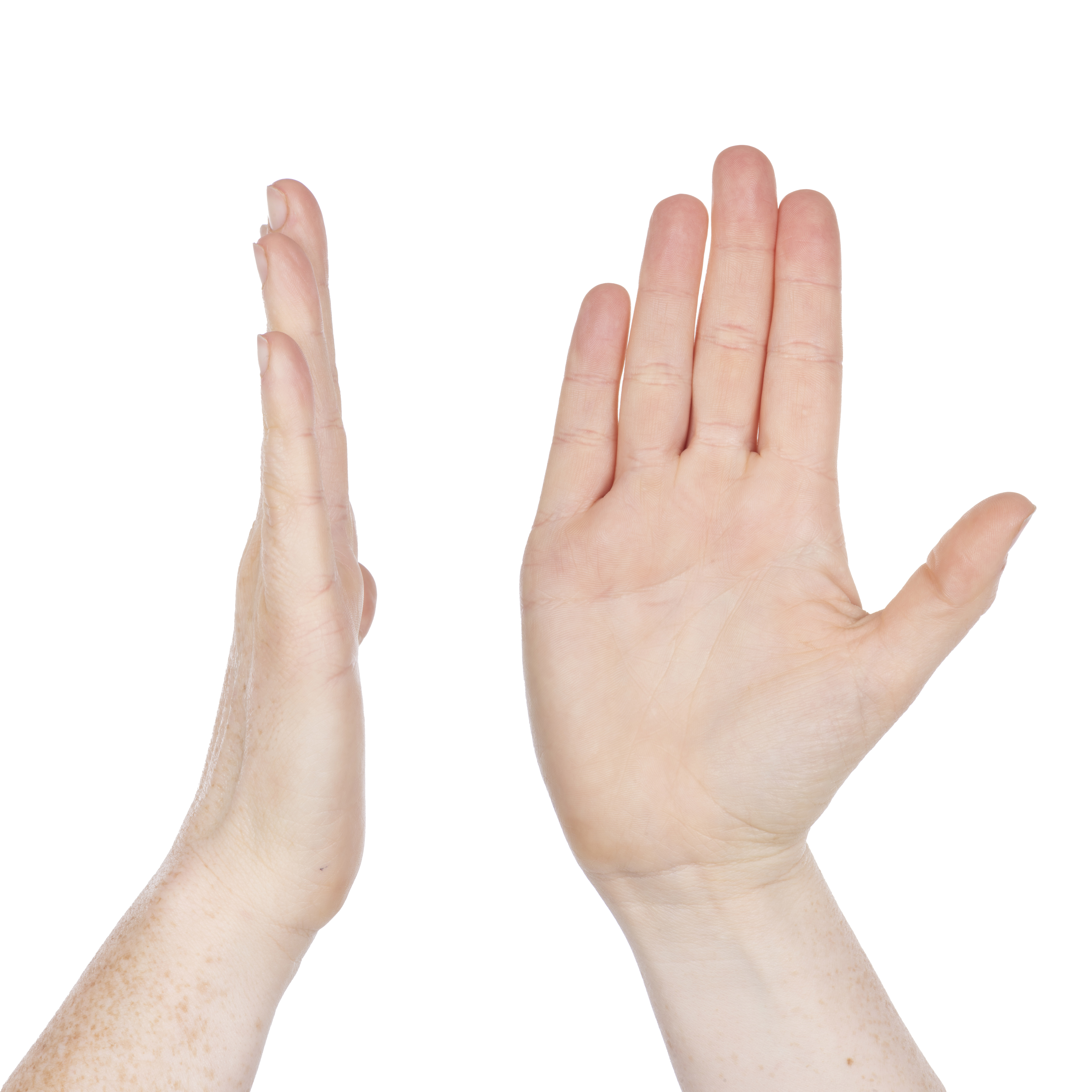 Hold your hand and wrist straight
Hold your hand and wrist straight -
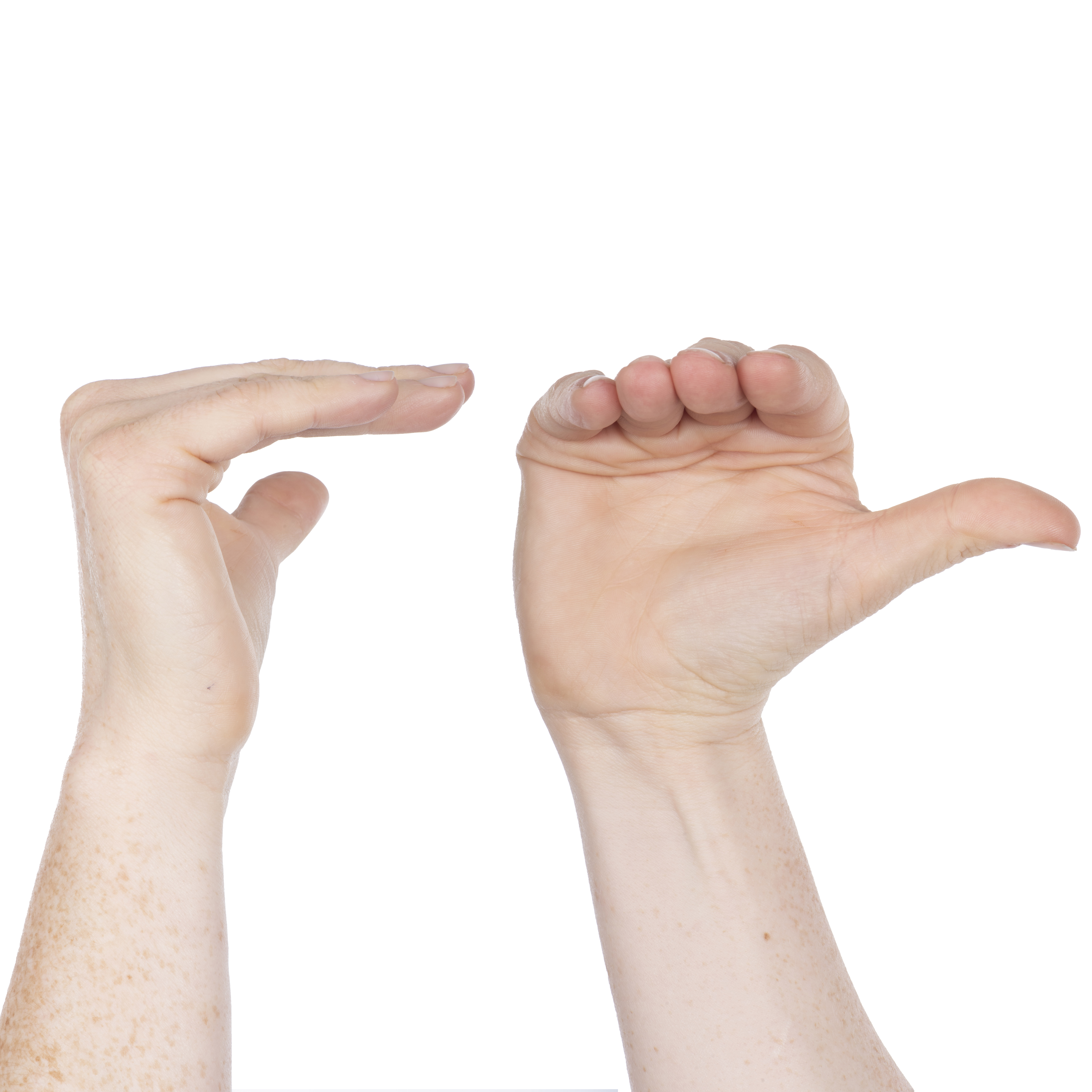 Keeping your fingers straight, bend them at the knuckle
Keeping your fingers straight, bend them at the knuckle -
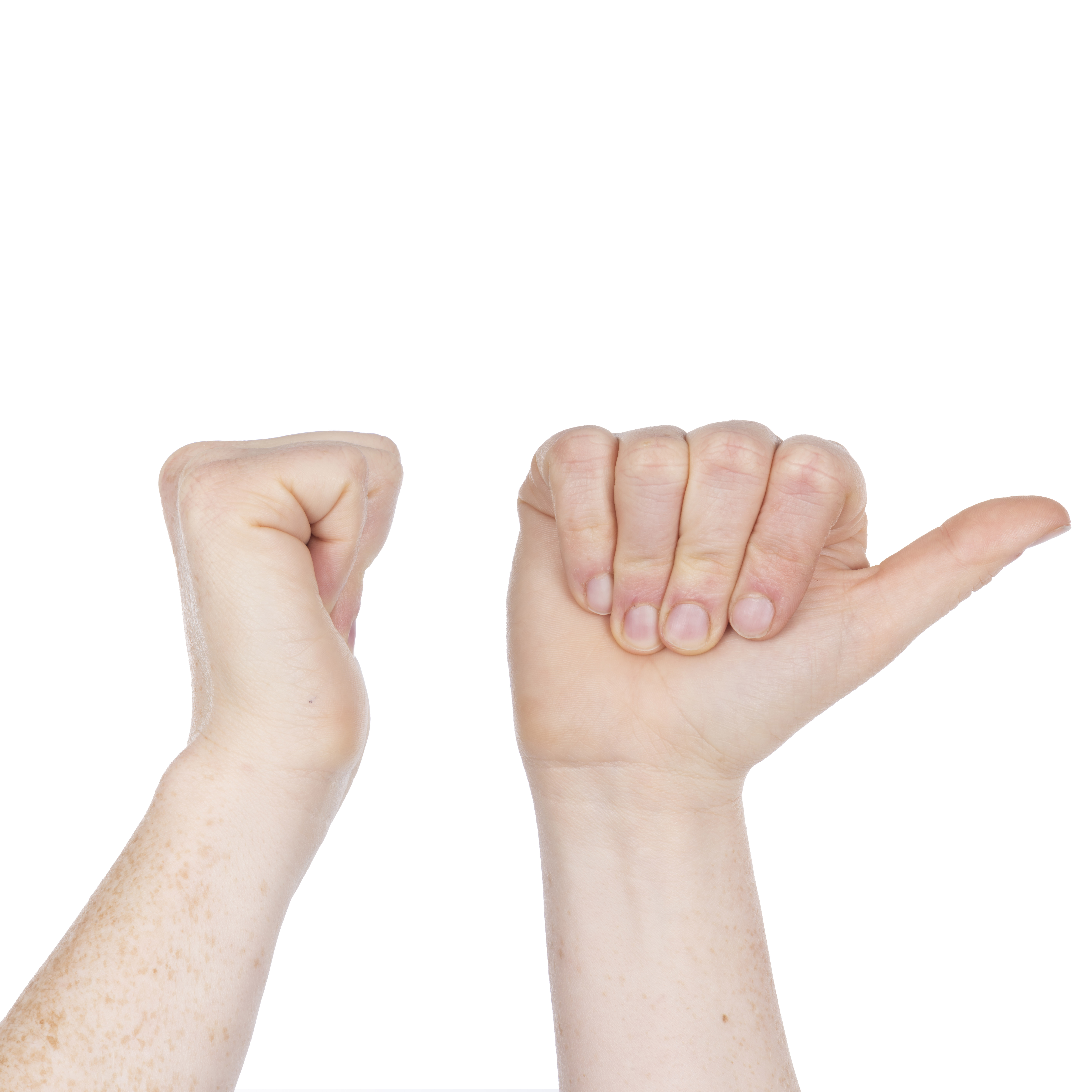 Bring your fingers down, so they are touching your palm
Bring your fingers down, so they are touching your palm -
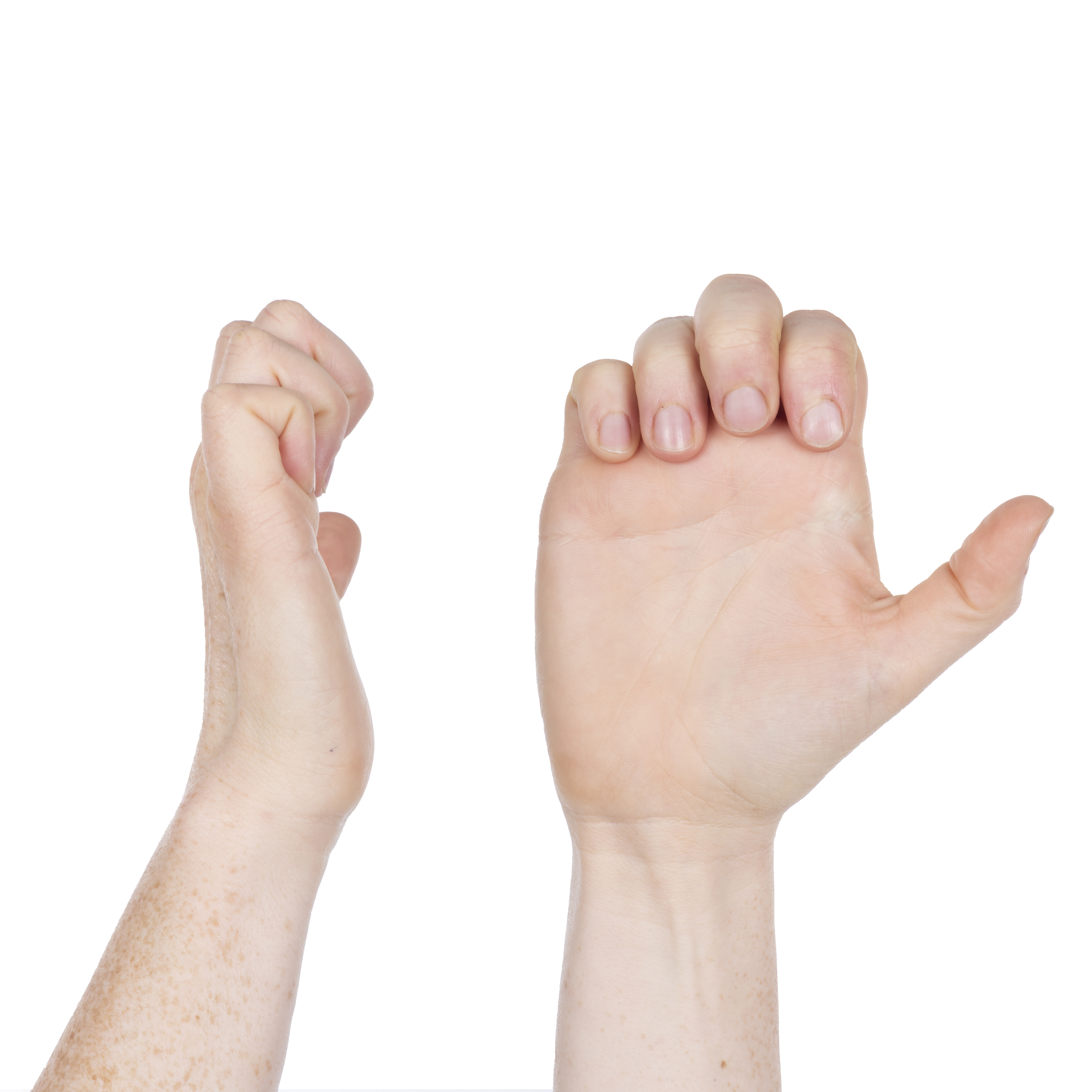 Bend your fingers
Bend your fingers -
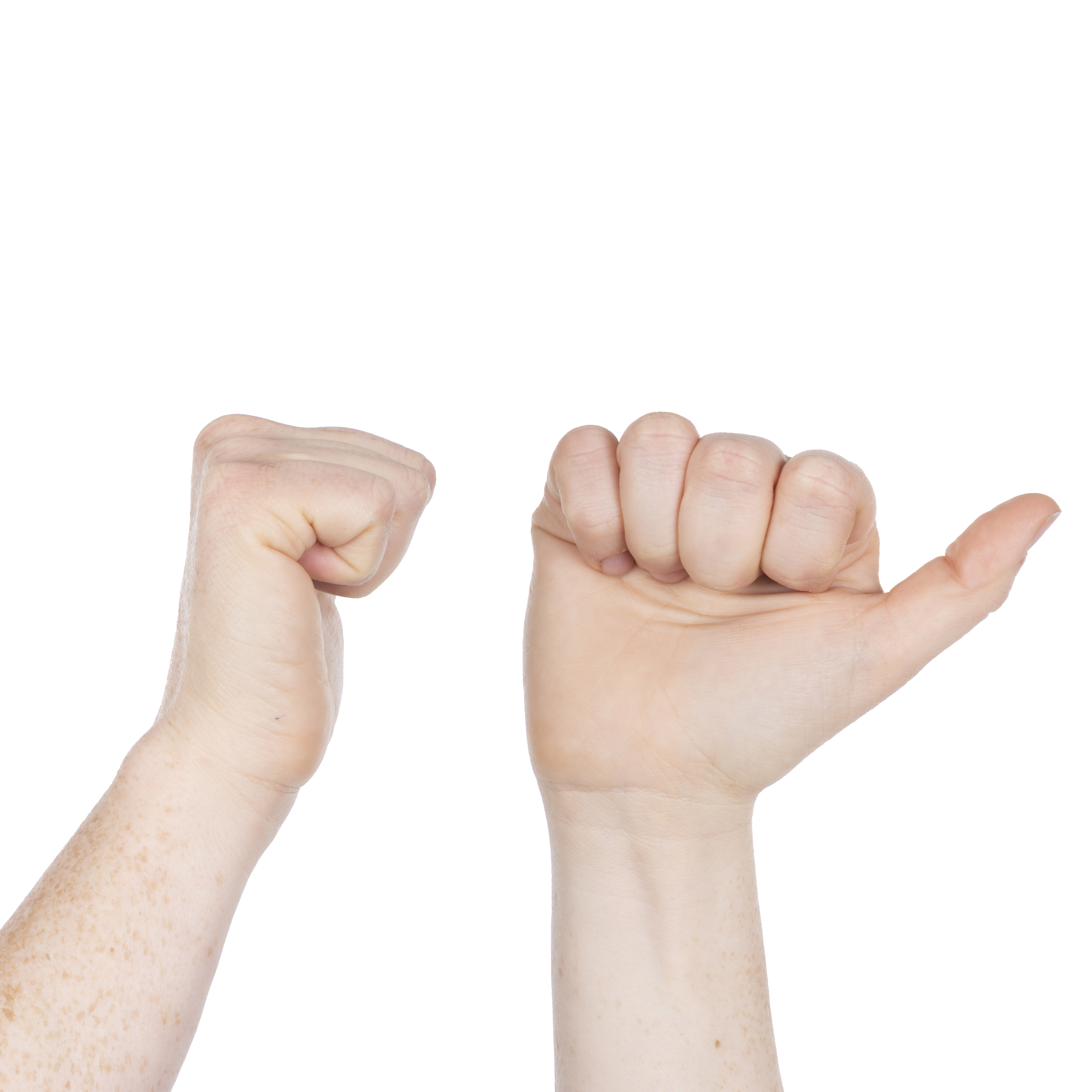 Make a fist with your fingers (not your thumb)
Make a fist with your fingers (not your thumb)
To start with you may find it difficult to complete these exercises, due to pain and swelling. Aim to get as close to these positions as you can.
If your cast gets in the way when doing these exercises or it feels too tight, please contact the Fracture Clinic for advice. Their contact details are at the end of this leaflet.
What medications can I take after my fracture?
Use pain medications as advised by your doctor / nurse.
There is evidence to suggest that taking vitamin C after a distal radius fracture can help. It is thought that vitamin C can help with bone healing, and prevent a condition called Complex Regional Pain Syndrome from developing. The recommended dose of vitamin C is 500mg a day. If you are taking other medications or have other health conditions, please speak to your doctor or pharmacist before taking vitamin C.
What do I need to do when I get home?
Use your sling for the first few days following your fracture, or as instructed by your doctor / nurse. Otherwise try to keep your arm elevated (raised above heart level) as often as possible.
Complete the above exercises to prevent stiffness in your unaffected joints.
Keep your cast dry. You can shower or bath, but you will need to use a shower sleeve to stop your cast getting wet. Please ask a member of staff for information on where to buy shower sleeves from.
If you are a smoker, stop smoking while your fracture heals. This will ensure the best recovery from your injury.
Compared to non-smokers, smokers are more likely to have complications in tissue healing and infections after injuries or surgery. For free friendly support and medication to help you stop smoking, contact One You Kent on telephone 03001 231 220, or email.
Please contact the Fracture Clinic if:
your cast becomes too tight
your cast becomes broken, soft, dented, or loose; or
you have any continuing burning, soreness, or rubbing under your cast.
What can I do with my hand while I have a cast?
You should use your injured hand for light jobs, such as holding a pen or fork.
Avoid lifting heavy objects.
Complete your exercises regularly.
Do not push through your pain while doing any of these exercises or activities. It is important to listen to your body.
How long will I have my cast for?
Casts usually stay on for six weeks. However, this can vary depending on the nature and severity of your fracture. The Fracture Clinic will tell you when your cast will be reviewed. At this review, if your fracture has healed to the required standard, the Fracture Clinic will remove your cast.
What happens when my cast is removed?
It can be normal for you to feel discomfort and stiffness in your wrist. Your wrist may also feel weak due to the loss of muscle tone. It is normal to have some swelling and bruising for some time.
You may notice increased hair growth; which is normal.
Once your cast is removed, you may be given a splint to support your wrist for the first one to two weeks. If so, remove it regularly to do the wrist exercises below. You can also remove it when resting, if you feel comfortable to do so. Over the two weeks gradually reduce how much you need the splint. Your doctor may refer you for hand therapy or physiotherapy, if needed.
You can start to gently move your wrist, once your cast is removed and your pain allows. You can also start to use your arm for light work, unless told otherwise by a healthcare professional.
If you have had surgery to correct your fracture you will have a scar, usually on the underside of your forearm. It is important that once your cast is removed you begin to massage your scar, if your wound is fully healed. This will reduce redness and swelling, flatten your scar, and make sure it does not stick down to structures under your skin.
Wrist exercises: after your cast is removed
Complete the following exercises within your pain levels.
Feeling aching and discomfort is normal. Your wrist may have become stiff, as it has not moved freely for a while. If the exercises become too painful, you should do them slower and only do the exercises that are less painful.
If you feel sharp or prolonged pain, stop the exercises and contact the Fracture Clinic for advice.
You may not be able to achieve full movement with all these exercises. Work on them to try and improve your movement until you see your therapist (if you have been referred).
Depending on your comfort, you should repeat each exercise 5 to 10 times; 4 times a day.
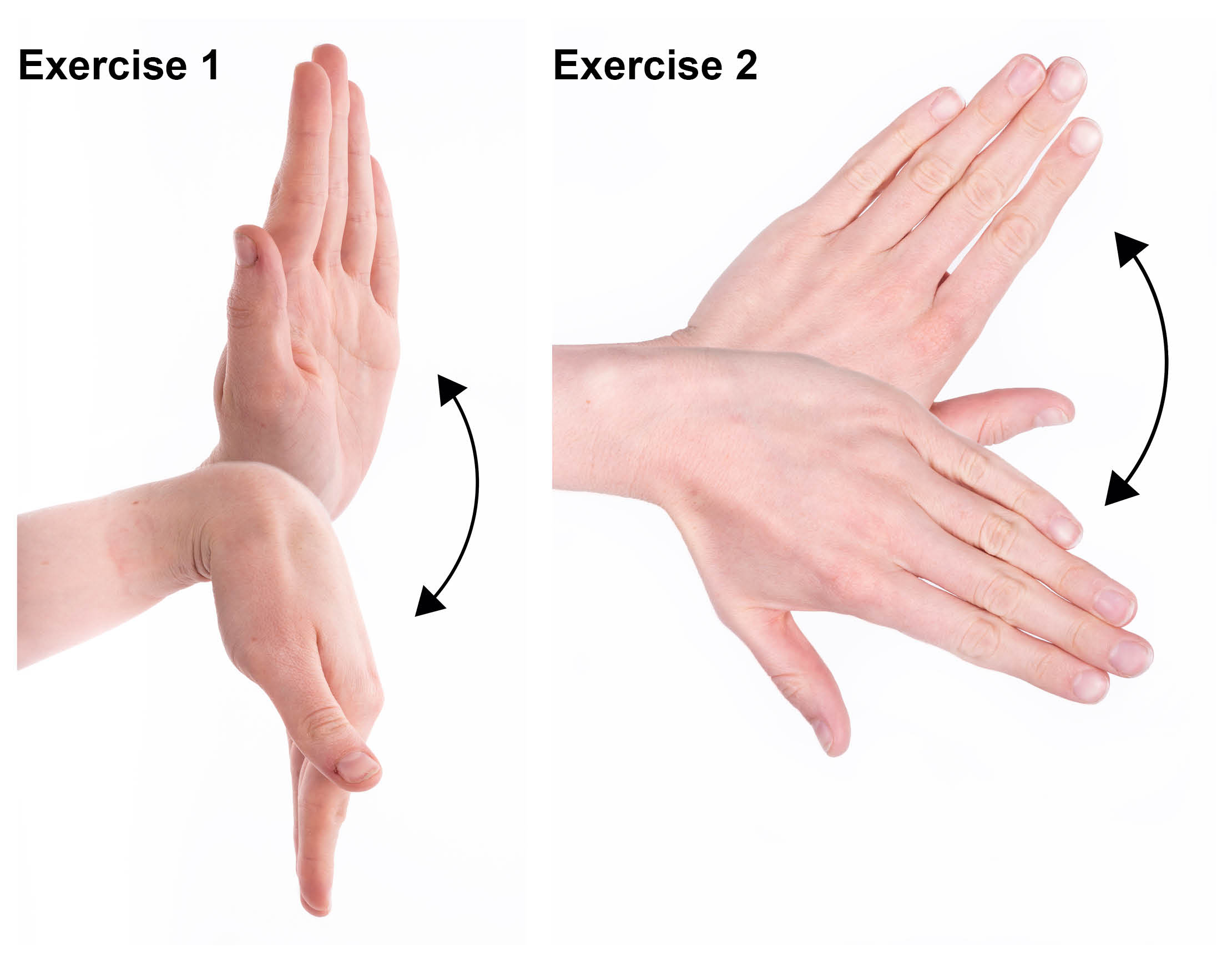
1.Bend your wrist backwards and forwards.
2.Move your hand from side to side, keeping your forearm still.
-
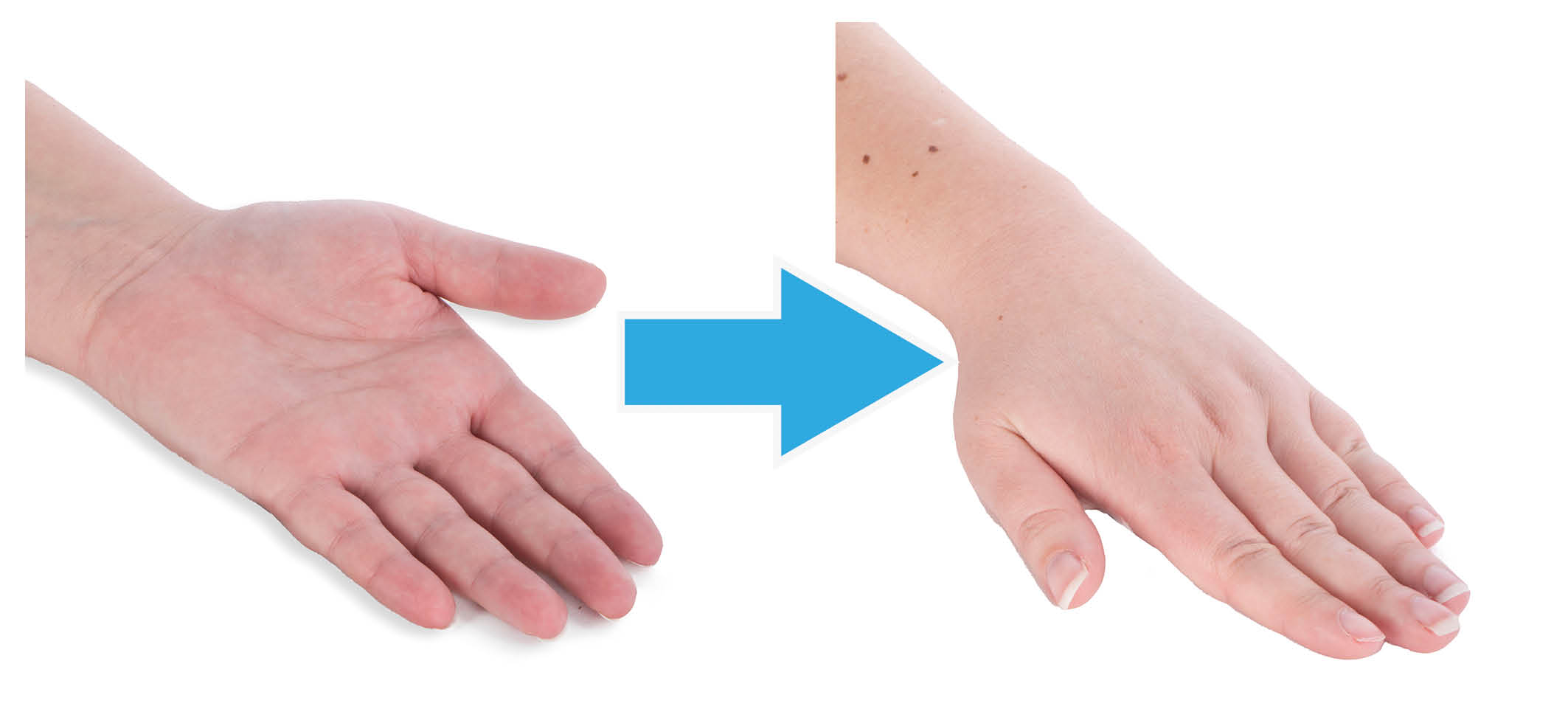 3.Slowly turn your hand over, palm up to palm down.
3.Slowly turn your hand over, palm up to palm down. -
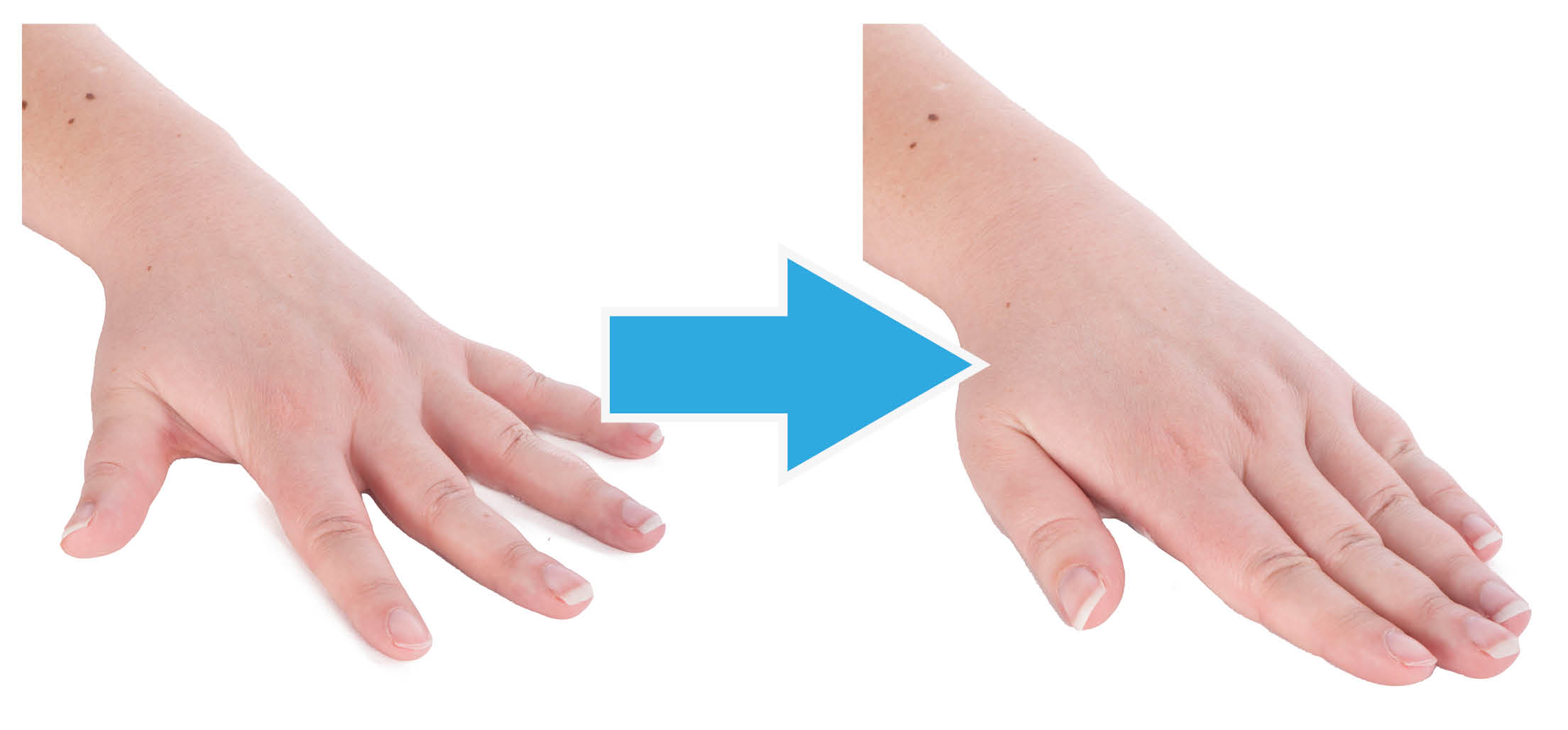 4.Spread your fingers out as far as possible and back again.
4.Spread your fingers out as far as possible and back again.
When can I return to work?
This depends on your job. You should discuss this with your consultant and / or therapist.
When can I drive again?
You can start driving again once your cast has been removed. You must feel that you are safe and in control of your vehicle. We recommend that you let your insurance company know about your injury.
When can I exercise again?
After your fracture, wait for at least three months before doing heavy / vigorous activities or sports.
How long will it take to fully recover from my fracture?
Recovery can take up to two years. You may feel some aching and stiffness, particularly when doing more vigorous activities and during cold weather. This should not affect your ability to use your wrist for most tasks.
What if I have any further queries or concerns?
Please contact the Fracture Clinic on one of the numbers below if:
you have any further questions, or
your consultant has referred you for therapy but you have not heard about your appointment.
Contact details
Fracture Clinic, Kent and Canterbury Hospital, Canterbury
Telephone: 01227 866354Fracture Clinic, Queen Elizabeth the Queen Mother (QEQM) Hospital, Margate
Telephone: 01843 235056Fracture Clinic, William Harvey Hospital, Ashford
Telephone: 01233 616849